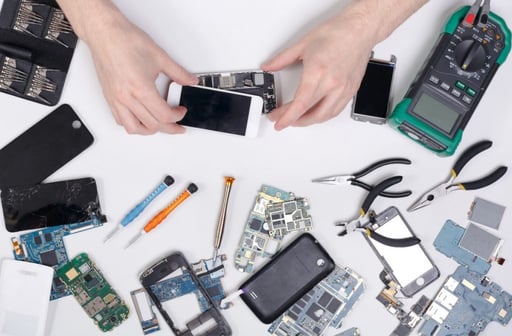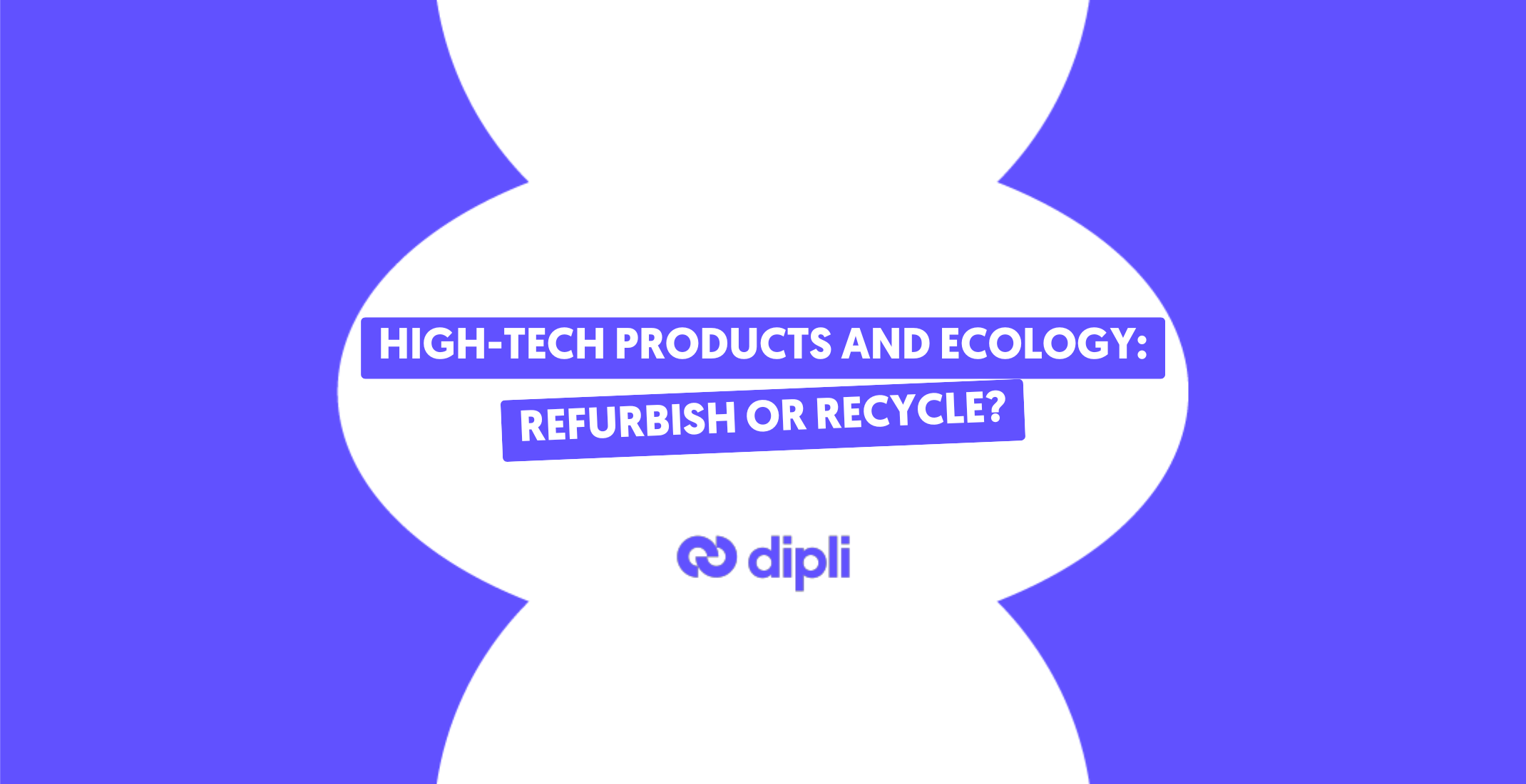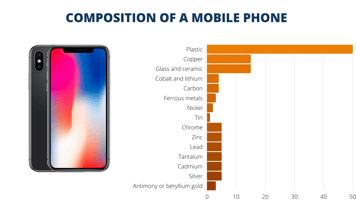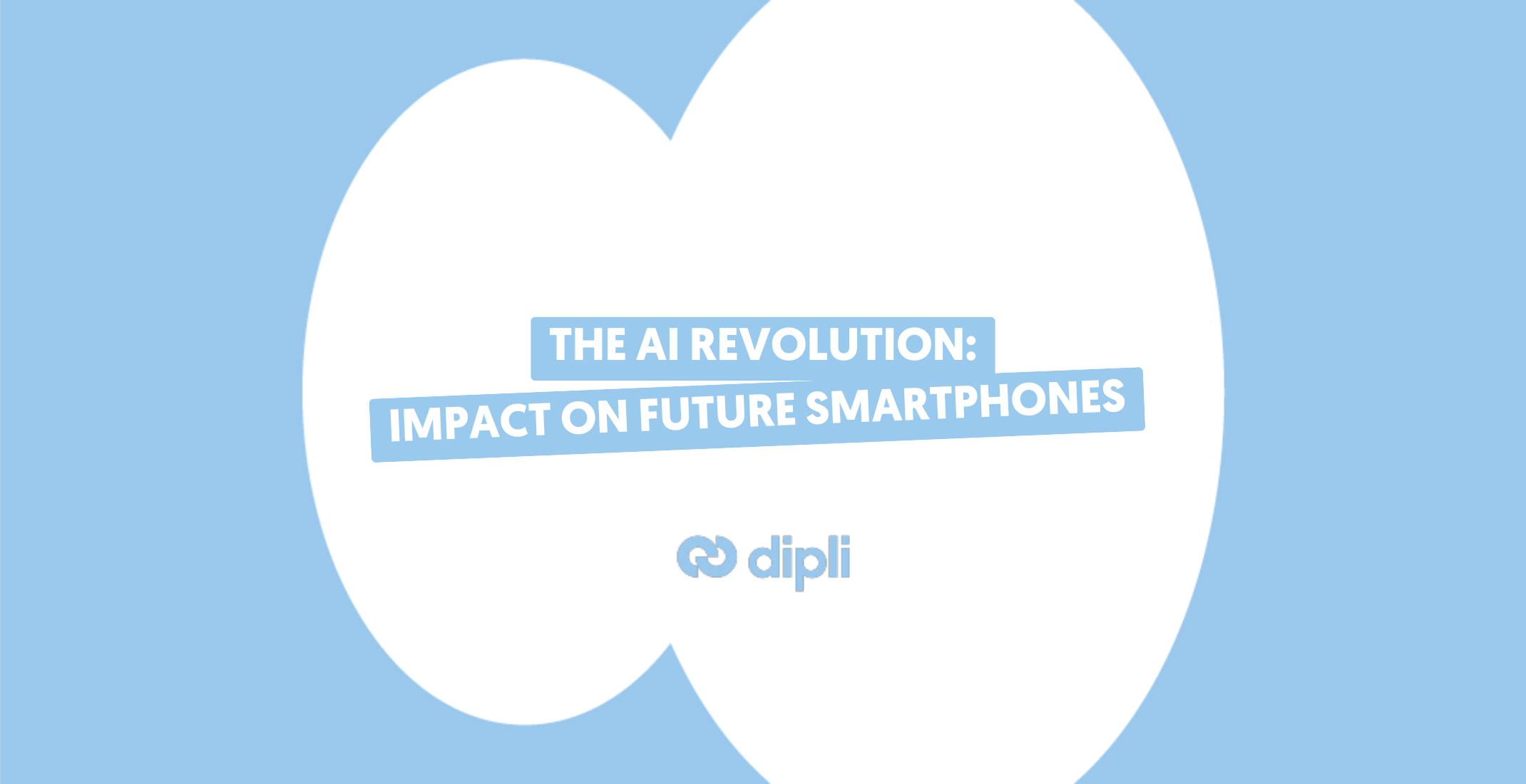In 2019, over 50 million tonnes of waste electrical and electronic equipment (known as WEEE or e-waste) were produced worldwide. This is more than the weight of all the airliners ever built combined, and is equivalent to the weight of the number of Eiffel Towers needed to cover Manhattan! This figure could almost triple, exceeding 120 million tonnes by 2050.
*Source: A new Circular Vision for electronics – Time for a Global Reboot by the United Nations E-Waste Coalition.
A new vision for the production and consumption of these products is required in order to respect the environment. There are several solutions by which to reduce this waste, which poses a genuine risk to our planet. These include: the recycling or refurbishment of electronic products. Which is the most effective solution? Refurbish or recycle?
Recycling electronic devices
WEEE contains minerals, metals and plastics, along with chemical additives. In a smartphone, for example, just 10 of the 50 metals used have a recycling rate of more than 50%.
Lastly, when the materials are recycled, 90% of this takes place outside of France. It actually takes place in Belgium, in northern Europe, in Eastern European countries and, finally, a proportion takes place in Africa, where telephones are known to be recycled under difficult working conditions.
Other non-valuable waste is discharged into the environment or burned. They then release several toxic products into the air, water and soil. The environmental impact of the recycling of electronic devices is alarming. The manner, not only in which they are produced, but also consumed, must be reviewed in order to prevent this pollution.
Refurbishing electronic devices
And what if the solution were to give our electronic devices a new lease of life? Once tested, repaired and cleaned, refurbished high-tech products are then made available for resale at reduced prices.

No waste is produced when reconditioning an electronic device. Any parts that are working can be almost endlessly reused in other products. Old components can therefore be replaced with new ones, without compromising the quality of the electronic devices. Those purchasing refurbished products will not observe any difference from a new device, other than in terms of the aesthetics of the phone (categorised into various grades).
So, to refurbish or recycle?
Much more environmentally friendly than recycling, refurbishing electronic devices limits environmental impact while helping to combat planned obsolescence and waste. So, to refurbish or recycle? It would appear that refurbishment is the ideal solution with a view to forming a circular economy that is respectful towards the environment.
Agora Place now offers more than 200,000 refurbished products for distributors, online retailers, affinity insurance providers and telephone operators etc.












